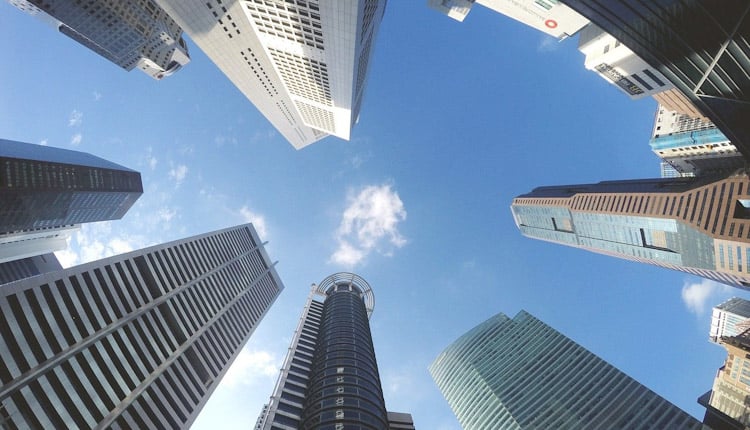
According to the UN, climate change threatens to adversely affect economic growth worldwide, and Kenya is no exception. The cumulative impacts of climate change over the next two or three decades have the potential to reverse much of the progress made towards the attainment of the Millennium Development Goals, Sustainable Development Goals and Vision 2030.
Worldwide, building operations and the construction sector are accounts for nearly 40% of global energy-related carbon emissions, according to a report by Global Alliance for Buildings and Construction.
To tackle a task as colossal as climate change, we need all hands on the deck. This is why it is important for players in all aspects of our lives be it industry, profession or at individual levels to find ways of mitigating climate change if we are to save our environment.
Environmental degradation
One important sector when it comes to climate conservation has been the construction industry, according to the report. The sector is seen as one of the causes of environmental degradation. However, if approached with a sustainability mindset, provides us with one of the best avenues of reversing the devastating effects of climate change. This is because advances in technology have made construction more energy-efficient and sustainable, making it an industry that can help lower our carbon footprint and its impact on the environment.
One way in which the construction industry can help reverse the effects of climate change is by the use of biodegradable materials as an eco-friendly means of making construction sustainable. Most traditional construction methods lead to the accumulation of waste products and toxic chemicals, the majority of which take hundreds of years to degrade and even if they degrade, it contaminates and harms the environment.
Choosing lower embodied carbon material and sourcing material from suppliers that are upfront and transparent about the harmfulness of the ingredients they use will not only be desirable but essential for all involved in the construction industry soon.
Reduction of carbon emission
Extending the life of a building also reduces the embodied carbon emission associated with demolition, refabrication, modification and break downs and so on. Limiting carbon-intensive materials in construction helps reduction of the carbon footprint. Aluminium, plastics and foam insulation should be used thoughtfully. Reuse of salvaged material such as brick, wood, broken concrete would have a much lower embodied carbon footprint than newly manufactured products.
Biodegradable materials such as organic paints, therefore, aid to limit the negative impacts on the environment as they easily break down without the release of toxins. Commitments like the one made by Kenyan paint manufacturers to phase out lead in paint is one such example that the construction industry has a role to play in saving the environment.
In a bid to increase their sustainability efforts, paint manufacturers currently consider the environmental impact of the location and source of raw materials, their energy and water consumption as well as the efficiency of ingredient manufacture in order to have a significant reduction of the impact paint manufacture has on the environment.
Energy utilization
Another area in which the construction industry has been instrumental in fostering sustainability is in energy utilization. Here, solar power has been increasingly exploited as a sustainable construction technology, and this can be seen by the increased interest by many Industrial players in recent times. Even though the upfront installation costs may be higher in the short run, in the long-term, it saves on energy bills and aids in reducing greenhouse gas emissions from non-renewable energy sources like fossil fuels.
The construction industry also has an important role to play in sustainability when it comes to water management. Currently, there are several water efficient technologies in use, which are all part of sustainable construction technologies. Essentially, the technologies encompass re-use and application of efficient water supply systems.
Some examples include rainwater harvesting and water conservation fixtures, the use of dual plumbing and grey-water reuse. These methods ensure that water is adequately managed, recycled and used for non-portable purposes like washing cars and flushing toilets.
Source:Business Daily





